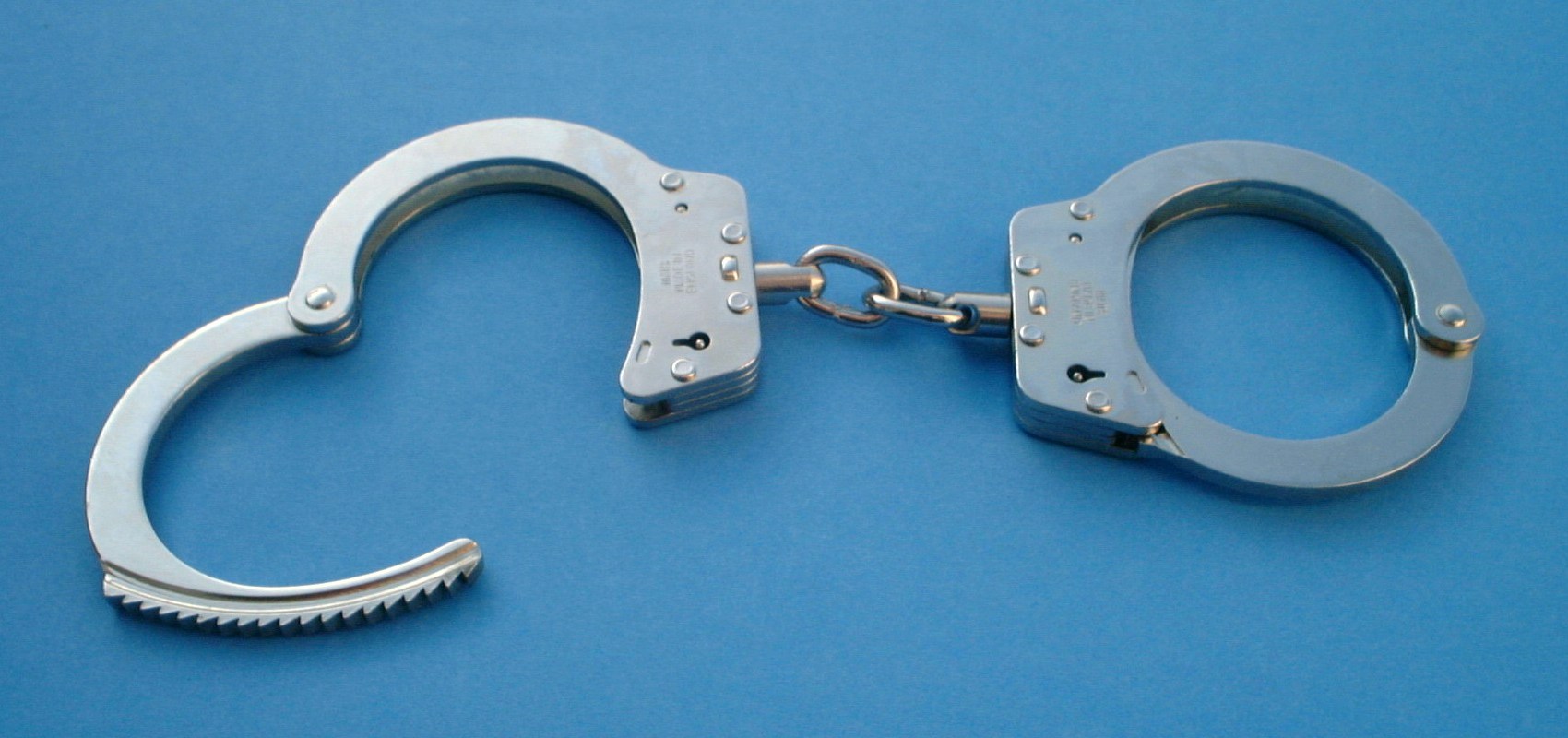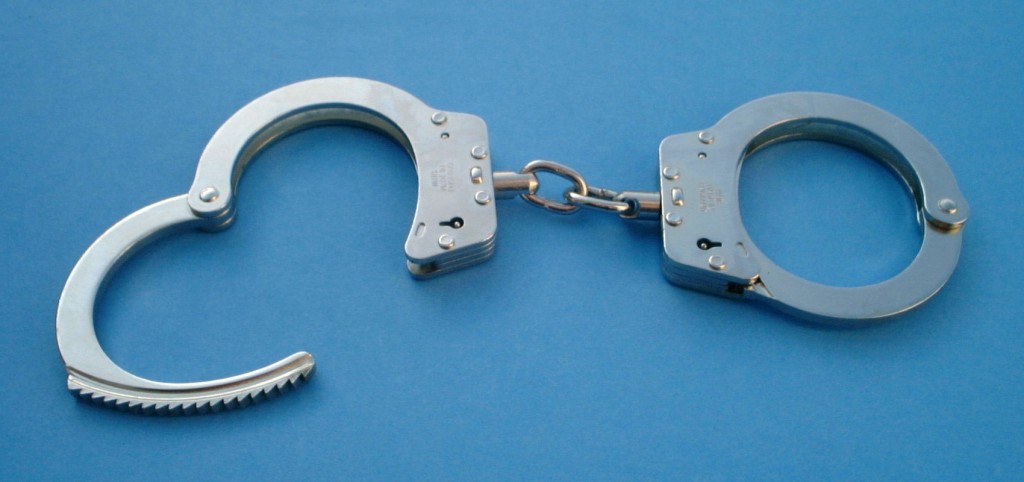This article is written by Shubham Kumar, a student of Dr. Ram Manohar Lohiya National Law University and is an Assistant Editor for iPleaders Blog.
Introduction
The Juvenile Justice (Care and Protection of Children) Act, 2000 is the primary legal framework for juvenile justice in India. The Act comprehensively deals with prevention and treatment of juvenile delinquency and provides a framework for the protection, treatment and rehabilitation of children in the purview of the juvenile justice system. This law was brought in compliance of Child Rights Convention 1989, repealed the earlier Juvenile Justice Act of 1986.
JJ Act is considered to be an extremely progressive legislation and Model Rules 2007 have further added to the effectiveness of this welfare legislation. A resolution was passed in 2006 and later reiterated again in 2009 whereby several High Courts have constituted “Juvenile Justice Committees” which are monitoring committees headed by sitting Judges of High Courts. These Committees supervises and monitors the implementation of Juvenile Justice Act in their Jurisdiction.
The United Kingdom JJ System
In United Kingdom there is Youth justice it comprises the organs and processes that are used to prosecute, convict and punish persons under 18 years of age who commit criminal offences.
The American JJ Model
The American Juvenile Justice System is made up of a network of juvenile courts across the country. A juvenile court (or young offender’s court) is a court that has special authority to try and pass judgments for crimes committed by children or adolescents who have not yet attained the age of majority. While Juvenile court is a universal rule, every American jurisdiction has provided for exceptions to it-circumstances and procedures that transfer those within the age boundaries of juvenile court to criminal court instead.[1]
Comparative Analysis between the Indian, American and British Model
- The Indian law that governs Juvenile justice system is The Juvenile Justice (Care and Protection of Children) Act, 2000
- The United States law which governs Juvenile justice system is Juvenile Justice and Delinquency Prevention Act 1974
- The United kingdom law which governs Juvenile justice system is Crime and Disorder Act 1998
Criminal Responsibility
- India
- The age of responsibility in India under JJ Act, 200 is 18 years.
- The law defines a “juvenile or child’” as a person who has not completed their 18thyear of age.
2. United States
- In US, the age of criminal responsibility is established by state law.
- Most states rely on common law, which holds that from age seven to age 14 children cannot be presumed to bear responsibility but can be held responsible.
- In US criminal law, some state statues allow for juveniles as young as age 7-years old to be held responsible for some law violations.
- The minimum age for imposing adult liability for children, is as young as age 10-years old. If the sole aim of delinquency jurisdiction were the assistance and the best interest of the minors, then kids of any age and capacity would be eligible for such help, no matter the level of their comprehensions.[2]
3. United Kingdom.
- In England and Wales Now, children aged 10 and 17 are capable of committing offences and it is not possible for a child to avoid liability by showing he does not know the difference between right and wrong.[3]
-
Judicial Process
India
- Under this act children are not to be taken to a regular criminal court.
- The purpose of a separate court is that its purpose is socio-legal rehabilitation and reformation, not punishment.
- The aim is to hold a child culpable for their criminal activity, not through punishment, but counseling the child to understand their actions and persuade them away from criminal activities in the future.
- The JJB consists of a metropolitan magistrate or a judicial magistrate of the first class and two social workers, at least one of whom should be a woman.
- JJB are meant to resolve cases within a four month period.
United Kingdom
- When a young person is charged with an offence, they will appear before the youth court.
- If a young person pleads not guilty, a date will be set for the trial when the magistrates will hear all the evidence and decide whether or not the young person is guilty.
- If the decision is guilty, they will then decide on the most appropriate sentence.
- If the case is very serious, the youth court will send the case to the Crown Court for trial and or sentence.
United States
- Youth courts are programs in which youth sentence their peers for minor delinquent and status offenses and other problem behaviors.
- The primary function of most youth court programs is to determine a fair and restorative sentence or disposition for the youth respondent.[4]
- Penalties And Restoration
India
- In India the act provides following powers to Juvenile justice Board.
- Observation homes(Section 8)
- Set up for the temporary reception of any juvenile in conflict with law during the pendency of any inquiry regarding them under this Act.
- They are to be established by the State Govt.
- Special homes (Section9)
- To be established by the state Govt. to provide for the management of special homes, including the standards and various types of services to be provided by them which are necessary for re-socialisation of a juvenile.
- Children’s homes (Section 34 )
- The State Government may establish and maintain itself or in association with the voluntary organisations, children’s homes, in every district , for the reception of child in need of care and protection during the pendency of any inquiry and subsequently for their care, treatment, education, training, development and rehabilitation.
- Shelter homes (Section37)
- The State Government may recognise, reputed and capable voluntary organisations and provide them assistance to set up and administer as many shelter homes for juveniles or children as may be required.
- Adoption (Section 41)
- Adoption shall be resorted to for the rehabilitation of the children who are orphan, abandoned or surrendered through such mechanism as may be prescribed.
- Foster care (Section42)
- In foster care, the child may be placed in another family for a short or extended period of time, depending upon the circumstances where the child’s own parent usually visit regularly and eventually after the rehabilitation, where the children may return to their own homes.
- Observation homes(Section 8)
United States and United Kingdom
Juvenile courts have a wide range of sentencing options that they can impose on juveniles or youth offenders.
- Incarcerating Juvenile Delinquents
- After a child is held delinquent a JJ Court may order incarceration as a penalty. But this incarceration is different from those used in adult criminal justice system. Some common ways that the judges can order confinement for a juvenile who has been found delinquent:
- Home confinement :The judge can order the minor to remain at home, with exceptions (attend school, work, counseling, and so on).
- Placement with someone other than a parent or guardian :The judge can require that the minor live with a relative or in a group or .
- Juvenile hall/juveniledetention facility :The judge can send the minor to a juvenile detention facility. These facilities are designed for short-term stays.
- Secured juvenile facilities : These facilities are designed for longer term stays. Juveniles can be sent to secured facilities for months or years.
- Juvenile and adult jail :In some jurisdictions, judges can send delinquent juveniles to a juvenile facility, and then order transfer to an adult facility once the juvenile reaches the age of majority. [5]
- Non-Incarceration Options for Juveniles
- Verbal warning : The sentence for the juvenile can be as simple as a verbal reprimand.
- Fine : The minor may be required to pay a fine to the government or pay compensation to the victim.
- Counseling : Often, judges require juveniles to attend counseling as part of a disposition order.
- Community service : Juveniles may be ordered to work a certain number of hours in service to the local community.
- Electronic monitoring.Juveniles may be required to wear a wrist or ankle bracelet that verifies their location at all times.[6]
- Probation
- Probation is a program of supervision in which the minor’s freedom is limited and activities restricted.
- Probation is the most common disposition in juvenile cases that receive a juvenile court sanction. In an average year, about half of all minors judged to be delinquent receive probation as the most restrictive sentence.[7]
Conclusion
The JJ Act,2000 is a modern and a progressive legislation which is intended to bring change and restoration in the juveniles, this legislation brought in 2000 brings forth a whole set of guidelines which are also open to abuse. While undertaking the work of comparison between all the three legislations of the countries many things were found out. When question of age was compared it was found out that the approach of Indian law is very strict i.e. it does not provides much room for the discretion of the courts, unlike United States and United Kingdom where the fate of the juvenile is decided by the magnitude of crime juvenile committed, the court is empowered to consider juvenile as an adult and he is punished according to adult laws. Whereas the JJ Act creates a juvenile justice system in which persons up to the age of 18 who commit an offence punishable under any law are not subject to imprisonment in the adult justice system but instead will be subject to advice/admonition, counselling, community service, payment of a fine or, at the most, be sent to a remand home for three years.
After the Delhi Rape case, 2013 there was a huge demand to lower down the age of juvenile. Justice Verma commission denied to the demand for amendment to the act and reducing the age and the contention given by him in this regard was, a general lowering of the juvenile age would not work. A Public Intrest Litigation was filed by Subramanian Swamy to consider the emotional, mental and intellectual maturity of the accused juvenile, which was considered by the court. A revision is required to this issue but no strict amendments should be bought as demanded that the age of responsibility should be lowered to 16, because generalisation of these important issues sometimes result in injustice rather the task should be left to judicial discretion and they should decide the criminal responsibility based on the circumstances, understanding of the juvenile and the mental intent of the juvenile.
[1]Franklin, Zimering. American Juvenile Justice . 1st. Chicago: Oxford University Press, 2005. 23. Print.
[2] Zimering E. Franklin, American Juvenile Justice (Oxford University Press, 2005)
[3] Ian Blakeman, ‘The Youth Justice System of England and Wales’, 139TH INTERNATIONAL TRAINING COURSE VISITING EXPERTS’ PAPERS accessed on 24 Mar 2014 <http://www.unafei.or.jp/english/pdf/RS_No78/No78_13VE_Blakeman.pdf> accessed on 24 Mar 2015
[4] Zimering E. Franklin, American Juvenile Justice (Oxford University Press, 2005)
[5] http://www.nolo.com/legal-encyclopedia/juvenile-court-sentencing-options-32225.html
[6] Ibid
[7] Preventing and Reducing Juvenile Deliquency : A Comprehensive Framework, Howell c. James ( 2nd edn, Sage, Lon Angeles)
 Serato DJ Crack 2025Serato DJ PRO Crack
Serato DJ Crack 2025Serato DJ PRO Crack











 Allow notifications
Allow notifications



